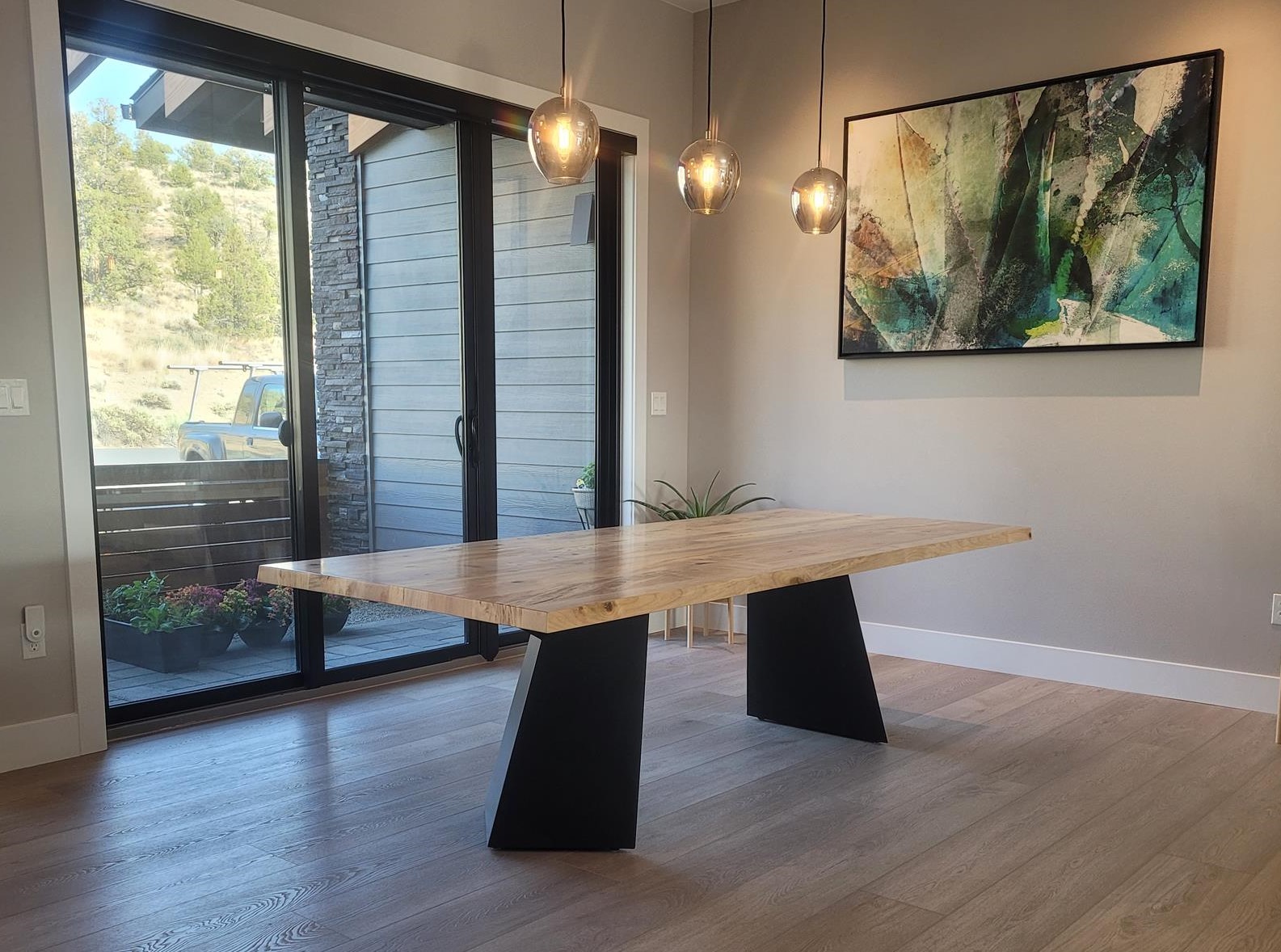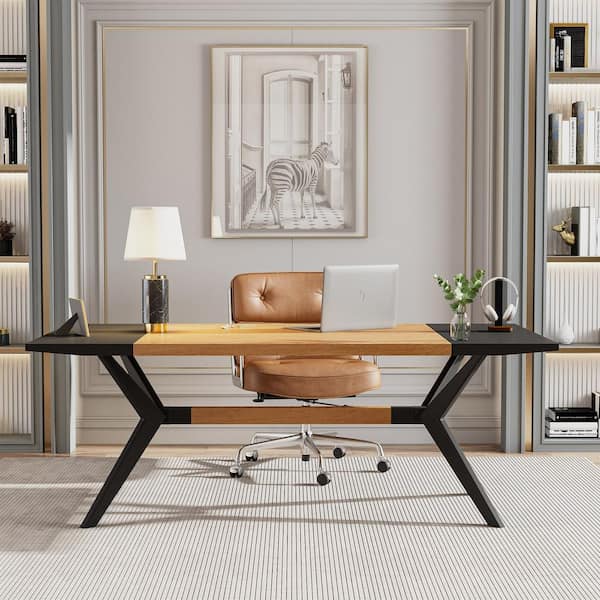Discover the most effective Materials for Dining Room Table Legs for each Style
Discover the most effective Materials for Dining Room Table Legs for each Style
Blog Article
An In-depth Appearance at Dining Table Leg Styles: Locating the Ideal Suit
Picking the right eating table leg style is critical for both visual allure and sensible capability. Conventional 4 legs use classic style and stability, while the pedestal base supplies enhanced legroom and a contemporary appearance. For those with larger tables, trestle legs make certain strong support, whereas hairpin legs present a mid-century modern-day vibe with their minimal layout. The x-shaped legs mix modern style with boosted security. Each of these options brings one-of-a-kind advantages, making the option greater than simply an issue of choice. Check out better to find which style completely complements your eating room and lifestyle.
Conventional Four Legs
Among the numerous types of table leg styles, the typical four-leg style remains a classic choice for numerous homes. This timeless setup provides a harmonious mix of performance and visual appeals, making it a seasonal fave. 4 legs give balanced support, guaranteeing the table remains steady and with the ability of birthing substantial weight. This is especially advantageous for households that often organize huge events or use their dining table for numerous purposes, such as job or crafting.
From a visual perspective, the conventional four-leg layout can be quickly adapted to numerous indoor styles. Whether crafted from wood, metal, or a combination of products, these legs can be delicately carved, streamlined and minimalistic, or anything in between. Their convenience permits them to enhance both rustic and modern settings flawlessly.
Additionally, the straightforward framework of the four-leg design helps with ease of motion and placement within a space. Unlike even more complicated bases, this style reduces obstructions, supplying adequate legroom for restaurants. In recap, the conventional four-leg table leg design weds withstanding beauty with practical functionality, making it an astute option for those seeking both kind and function in their eating furnishings.
Pedestal Base
Typically commemorated for its elegant and space-efficient design, the stand base is a notable choice to the standard four-leg arrangement in eating table leg styles. This unique base commonly features a single main column sustaining the table top, which can differ in form, from ornately sculpted timber to smooth, modern steel. One of the key advantages of the pedestal base is its capacity to optimize legroom and seating adaptability. Without corner legs, restaurants are afforded higher liberty of movement, making it an excellent choice for round and oval tables that advertise more intimate and inclusive gatherings.
The main column itself provides a canvas for elaborate layouts and imaginative expressions, including an aspect of aesthetic passion under the table. In summary, the stand base combines performance with design, making it a fine-tuned and sensible option for varied dining atmospheres.
Trestle Legs
Trestle legs give a robust and timeless structure for eating tables, defined by their horizontal cross-bracing and strong assistance beams. Stemming from middle ages times, this layout has my website actually evolved yet retained its vital framework, making it a seasonal fave in both conventional and contemporary settings. The central trestle beam of light, frequently supported by two or more upright messages, offers extraordinary security, permitting bigger table lengths without the demand for extra legs.
A considerable benefit of trestle leg tables is the enough legroom they use. Unlike tables with 4 edge legs, the lack of obstructions at the table's sides provides unobstructed room for chairs and diners, enhancing comfort and ease of access. This makes trestle tables ideal for suiting bigger events, whether in an eating room or a reception hall.
From rustic farmhouse to sleek modern layouts, trestle legs can be tailored to fit specific preferences. Their enduring charm and useful benefits make trestle legs an engaging option for those seeking both design and usefulness in their dining table.
Hairpin Legs

The appeal of barrette legs exists in their simpleness and flexibility - dining room table legs. Offered in a range of materials, including steel and brass, they can be finished in many shades to match various interior styles. Whether paired with a rustic wooden table top or a modern glass surface, hairpin legs effortlessly blend capability with a touch of classic beauty
Durability is an additional notable feature of barrette legs. Regardless of their delicate look, these legs are engineered to bear considerable weight, ensuring the table remains steady and safe. Additionally, they are relatively very easy to mount, making them a popular choice for DIY enthusiasts and specialist furniture manufacturers alike.
X-Shaped Legs

Created from products such as steel, wood, or a combination of both, X-shaped legs can be customized to match numerous layout choices. Steel legs typically offer a sleek and industrial feeling, perfect for loft-style apartments and modern-day dining spaces.
Additionally, the design behind X-shaped legs ensures also weight circulation, reducing the threat of wobbling and boosting resilience. This makes them particularly well-suited for larger table that require additional assistance. Essentially, that site X-shaped legs blend sensible design with modern visual appeals, making them an ageless choice for varied eating atmospheres.
Final Thought
A detailed understanding of dining table leg designs discloses the distinctive characteristics and benefits of each style. Trestle legs guarantee robust assistance for bigger tables, and barrette legs present a mid-century modern-day visual.
Report this page